For the more adventurous explorer, visitors can choose to overnight in forest service campgrounds or in primitive camping sites. In addition to following leave-no-trace ethics, remember to set up camp 100 feet or more away from trails and water features such as lakes and streams. Detailed information about campgrounds and trails, including driving directions are listed on theWhite River National Forest website. To speak one-on-one with a ranger and purchase maps, visitors can stop by the White River National Forest Administrative Offices in downtown Glenwood Springs. White sand dunes stretch as far as the eye can see at this unique desert in southern New Mexico. At 275 square miles, White Sands is the world's largest gypsum dune field.
The wind brushes the endless sands into gentle ripples, creating an otherworldly landscape. Camping at the White Sands National Monument is a once-in-a-lifetime experience. Backcountry camping is on a first-come, first-served basis. The ten tent camping sites are hike-in only, so be prepared to haul your gear—and water—along a 1-mile trek. Hikers must be diligent about following the trail markers to avoid getting lost. Weather is a factor, too, with summer highs as hot as 110 degrees F.
Play it smart and check with the rangers at the Visitors Center near the park entrance before you head out. You'll need to stop by for a camping permit anyway. Roughly half of the natural dune field is national parkland.
The other half is an active military missile range. The park is closed on missile test days, locking out any chance of camping. The missile schedule is usually planned two weeks in advance, but last-minute schedule changes do happen. Several campgrounds near White Sands offer a plan B. The Lincoln National Forest is close by, offering nine campgrounds. Opt for the Silver Campground if you want basics like showers and water spigots.
Several private campgrounds are located nearby along Highway 70 and Highway 54. This area is a good bet for RVs who want hook-ups or families looking to rent cabins. In the shade of live oaks looking out over Little Lake Bryant, this primitive camping area is a beauty spot for anglers and family groups. There are six campsites, allowing a maximum of 30 people, with no facilities.
No reservations needed, and the campground gets light to medium usage, the forest service says. Little Lake Bryant has parking for car campers just off CR 314-A south of Forest Corners and north of Moss Bluff. The White River National Forest is a year-round outdoor playground. The trail and road systems allow for numerous activities including hiking, biking, horseback riding, as well as motorized recreation like dirt biking, ATVing, jeeping, and snowmobiling. Hunting, fishing and wildlife viewing are other popular pursuits.
Visitors wishing to backcountry camp should not expect to find quick access to campsites in the immediate Glenwood Springs area. The best way to find out what areas are open to dispersed camping is to contact the nearest Forest Service office to the area you wish to visit. Typically, dispersed camping is NOT allowed in the vicinity of developed recreation areas such as campgrounds, picnic areas, or trailheads. Many people drive out on Forest Service roads into the woods and find a clearing or a spot near a stream or with a view of the mountains. Do not drive on meadows to access your camping site.
Drive on existing roads to prevent resource damage. Dispersed camping is allowed in a one-mile perimeter away from campgrounds and 100 feet from any stream. To prevent resource damage please keep your campsite within 150 feet from a roadway. Dispersed camping is allowed on public land for a period not to exceed 14 days within a 28 consecutive day period.
The 28 day period begins when a camper initially occupies a specific location on public lands. The 14 day limit may be reached either through a number of separate visits or through 14 days of continuous overnight occupation during the 28 day period. After the 14th day of occupation, the camper must move outside of a 25 mile radius of the previous location until the 29th day since the initial occupation. The purpose of this special rule is to prevent damage to sensitive resources caused by continual use of any particular areas.
In addition, campers must not leave any personal property unattended for more than 10 days . Camping in a national forest is suited not only for RVs and vans, but for tent camping as well. Most national forests that allow dispersed camping have a 14 day stay limit, though it can vary from as short a time as one day to as long as 30 days. Check the local regulations by either stopping in at the nearest ranger station, or calling ahead before you arrive.
User reviews help other campers decide on their next camping destination. The more information you have, the more informed your decisions.Whether you enjoy tent camping, car camping or RV camping, our goal is to help you find the best places to go camping. We believe that free camping areas are often the most beautiful and peaceful camp sites. You own these lands and you are entitled to use them. We especially like camping on Forest Service land, BLM areas, WMA's and county or city parks. Camping on public lands away from developed recreation facilities is referred to as dispersed camping.
DNR recreation opportunities on the Olympic Peninsula include hiking, horseback riding, mountain biking, motorcycling, and off-road vehicle riding. The majority of the campgrounds have river or lake access for boating, fishing, and other water activities. The region is located near the Olympic National Park, Hoh Rain Forest, Olympic National Forest, Olympic Experimental State Forest, as well as the many coastal beaches in the region.
If you plan to build a campfire or use a barbeque or camp stove in a dispersed camping area, you must obtain acampfire permit from a Forest Service, BLM, or CalFire office. Clear an area at least 5 feet wide all the way around your fire ring down to mineral soil. During times of high fire danger, campfires are prohibited; always check with the local fire office or ranger station for fire restrictions. Head west for endless skies and rugged terrain where you'll enjoy free camping at the Black Kettle National Grasslands. This 31,000 acre area spans western Oklahoma and into the Texas panhandle and offers a myriad of camping opportunities.
Located roughly 30 miles north of I-40 near Cheyenne, this remote region welcomes visitors who love hiking, fishing, boating, picnicking and camping. Within this broad area, there are three different campgrounds from which to choose. Both the Skipout and Black Kettle Campgrounds boast 12 campsites and have an area for boat launching, while Spring Creek is perfect for those looking for an even more private experience. Located approximately seven miles west of Roll, this little-known recreation area has just five dispersed campsites as well as a dirt area for boat access.
Dispersed camping is allowed in certain locations in national forests and Bureau of Land Management lands. To find out where you can participate in dispersed camping, it is best to contact the land manager directly. In the case of national forest land, contact the nearest Forest Service office. State parks, city parks, and county parks sometimes maintain free camping areas. So do entities like water management districts, trust lands, conservation areas.
Smaller US federal agencies like the Army Corps of Engineers and the Bureau of Reclamation have a few campsites, too. Designated primitive/shoreline camp sites are available. Access will be limited, as phases of shoreline camping are being re-introduced. Shoreline camping will require an assigned campsite parking space and may be reserved online, in person, or via phone. Vehicles will not be allowed along the shoreline, and must park in designated parking space. Tents will be permitted to be setup along the shoreline with the primitive camping reservation – in areas designated within the primitive campsite area.
Camping stays will be permitted up to 14 consecutive nights in the same camp site. Shoreline campers must camp within the designated areas, or be subject to removal from the park and not be eligible for a camping refund. Mountain bikes must stay on paved or fire roads, however, fire roads are closed to bicycles from October 31 to April 30.
Bikes are not allowed on single-track trails as they cause a great deal of damage to the trail surfaces. Dogs must be kept on leash at all times and are not permitted on the trails or on the beaches. Take all of your trash home with you.In established campgrounds, visitors have access to trash cans.
Any trash you bring or make during your trip (beer cans, leftover food, dog poop, used toilet paper, etc.) all needs to leave the campsite with you when you go. Some options for disposal include dropping your trash at a dumpster when you go into town or bringing your trash home with you to dispose of there. Primitive camping is available in state forests, at some undeveloped state parks as well as some Wildlife Management Areas. This is not car camping -- you must backpack in at least 1,000 feet from any road. There is no public drinking water or toilet facilities, no reservations or assigned sites. Vermont does not offer free, dispersed car camping on it's state lands.
Open to wilderness camping, hiking, fishing and hunting, the Three Rivers Wildlife Management Area in Broken Bow offers 203,180 acres of recreation. Primitive camping is allowed anywhere within the area, so bring your tent and set up camp right next to the river. St. Sebastian River PreserveMany state parks provide primitive campgrounds for those who enjoy secluded areas. These areas are not a part of the base campgrounds or cabins and are available to individuals who want to carry their camping gear, sometimes miles, to the campsite.
Many people enjoy the solitude and primitive experience of camping away from developed campgrounds and other campers. Dispersed camping is the term used for camping anywhere in the National Forest OUTSIDE of a designated campground. Dispersed camping means no services; such as trash removal, and little or no facilities; such as tables and fire pits, are provided. Some popular dispersed camping areas may have toilets. The green areas on the map below show the boundaries of the 11 national forests and two national grasslands that are within the boundaries of the Rocky Mountain Region inside Colorado .
To view dispersed camping information for US Forest Service lands located in Colorado, move the cursor over a national forest or grassland you are interested in. Once you are on top of the national forest or grassland, a filled-in map outline and tool tip will appear. Click on the map outline to view that national forest or grassland's dispersed camping information in a new window. Typically you are allowed to camp for free in US National Forests & Grasslands unless otherwise marked.
At many locations the BLM provides developed facilities for camping. Campgrounds may include a variety of facilities, such as restrooms, potable water, electrical hookups, picnic areas, garbage cans, tent pads and group shelters. However, many campgrounds do not have all of these amenities and may only have a picnic table and fire ring. Make sure to check the campground's website or call the appropriate field office when planning your trip.
One vehicle is allowed to park in the designated cabin parking area. Additional vehicles must park in the visitors parking lot located at the entrance to the campground and are required to pay entrance fees when re-entering the park. A former recreation area with a large grassy field above a prairie pond, Grassy Pond is now available for dispersed camping for backpackers along the Florida Trail.
Grassy Pond is accessible via a blue-blazed side trail north of CR 316 and south of Lake Delancy. Off FR 74 west of SR 19, north of Salt Springs, along the Ocklawaha River. The site was a former steamboat landing, accessible only to backpackers. No reservations needed, and the sites see moderate usage.
This campground is located near Lyre River in a mature riparian forest, about a half-mile upstream from where the river empties into the Strait of Juan de Fuca. A popular camp for anglers, Lyre offers good salmon fishing during fish migrations. The site has 11 campsites, shelter, two toilets, potable water, and shelter. Campsites can accommodate up to a 20-foot RV, though size may vary by site. Do not camp on land that is not designated for dispersed camping. Campgrounds make it pretty easy to understand where you are allowed to set up your tent and where you are not.
While dispersed camping may sound like you can "camp anywhere," there are still rules for how and where you can legally dispersed camp. You are responsible for researching the regulations for the areas you are visiting before you go so you understand where dispersed camping is permitted. The Eastern Sierra camping map shows where you are NOT allowed to dispersed camp in and around Mammoth Lakes.
Drive and camp on established roads only.Unlike in established campgrounds, where you are assigned a campsite upon arrival, dispersed camping areas don't have designated sites. But that doesn't mean you can just invent your own campsite. When dispersed camping, you should only drive on established dirt roads. Your vehicle should be at the end of a road or pulled completely off the road on a dirt pullout. Never block a road or drive over plantlife when dispersed camping. Sky Meadows State Park offers a unique and peaceful camping experience.
The park offers year-round primitive hike-in tent camping nestled against the base of the Blue Ridge Mountains. Campers must hike Hadow Trail 1 mile with their gear from the overnight parking area to get to these campsites. The Moab Outdoor Adventure Guide is a new comprehensive guide to adventures and activities that are available on the public lands surrounding Moab. The Moab Outdoor Adventure Guide is NOW AVAILABLE for free at the Moab Information Center (corner of Main & Center Streets in Moab).
Click here to view the Moab Outdoor Adventure Guide online. Primitive or backcountry camping involves camping in a tent or lean-to deep in the woods away from civilization. This type of camping offers few or no amenities such as running water, electricity, picnic tables, or restrooms. Primitive camping also requires you to backpack or paddle all of your equipment, food, clothing, toiletries and sleeping gear that you will need during your stay.






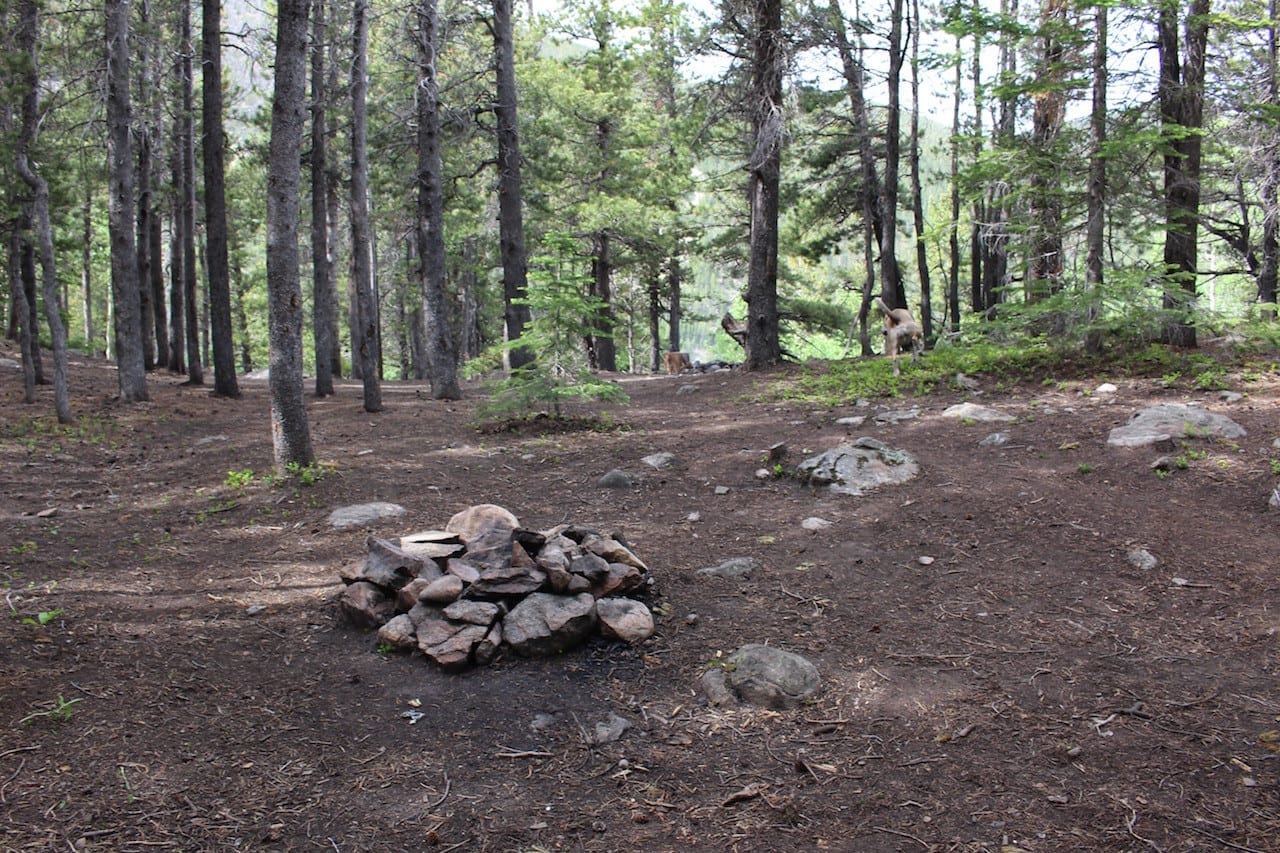









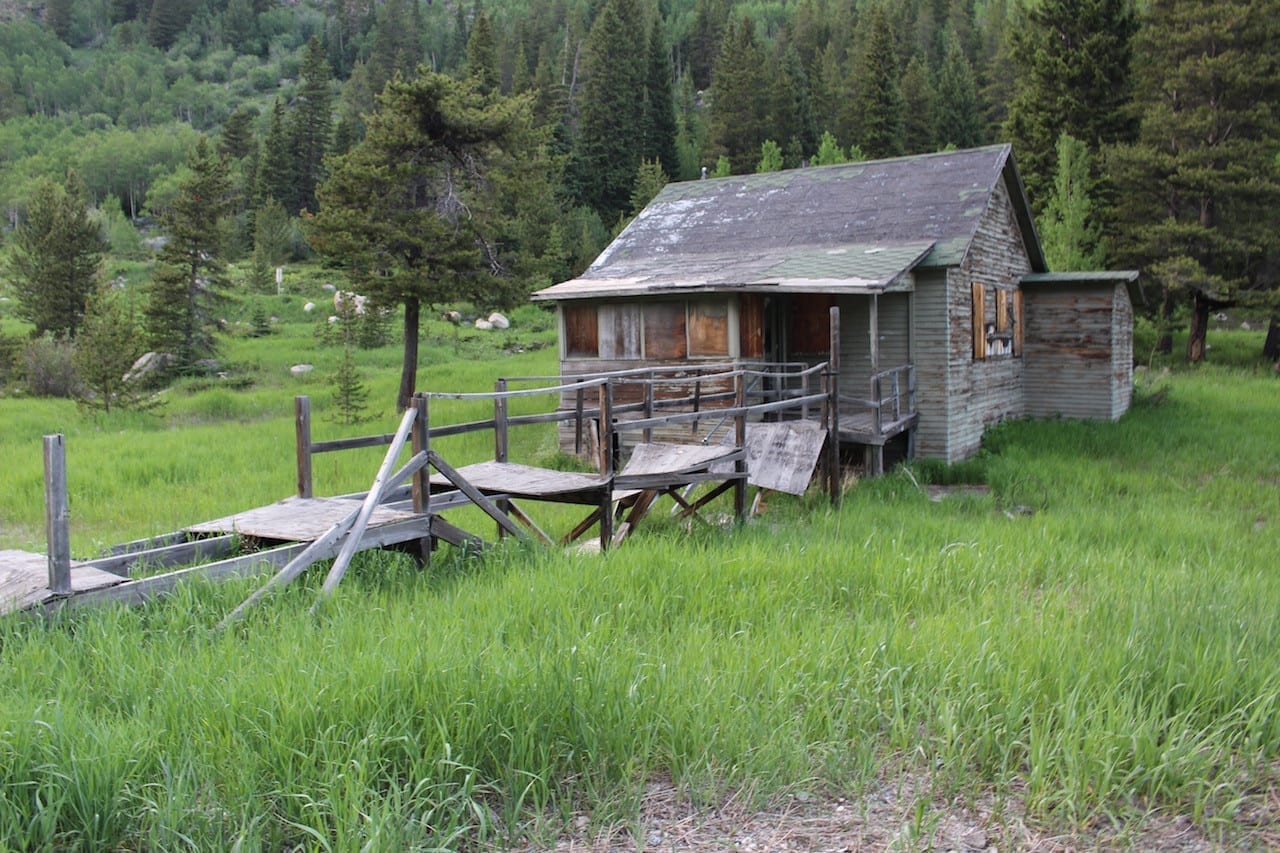

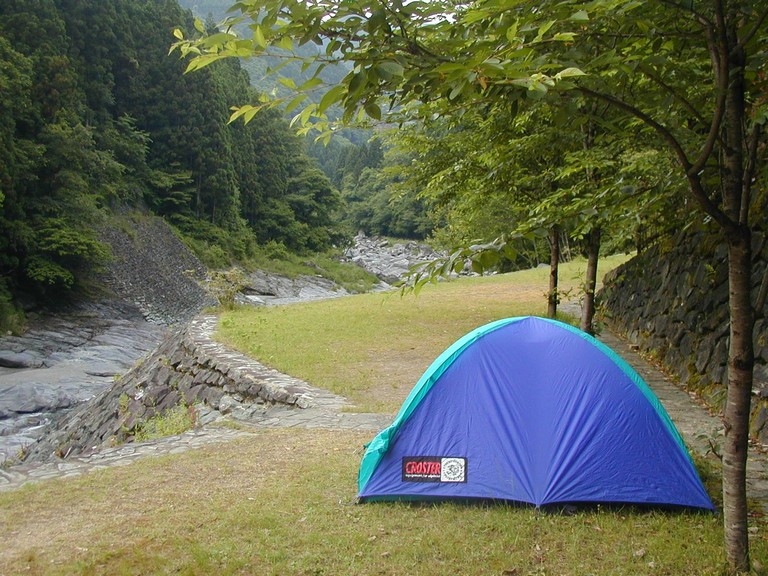


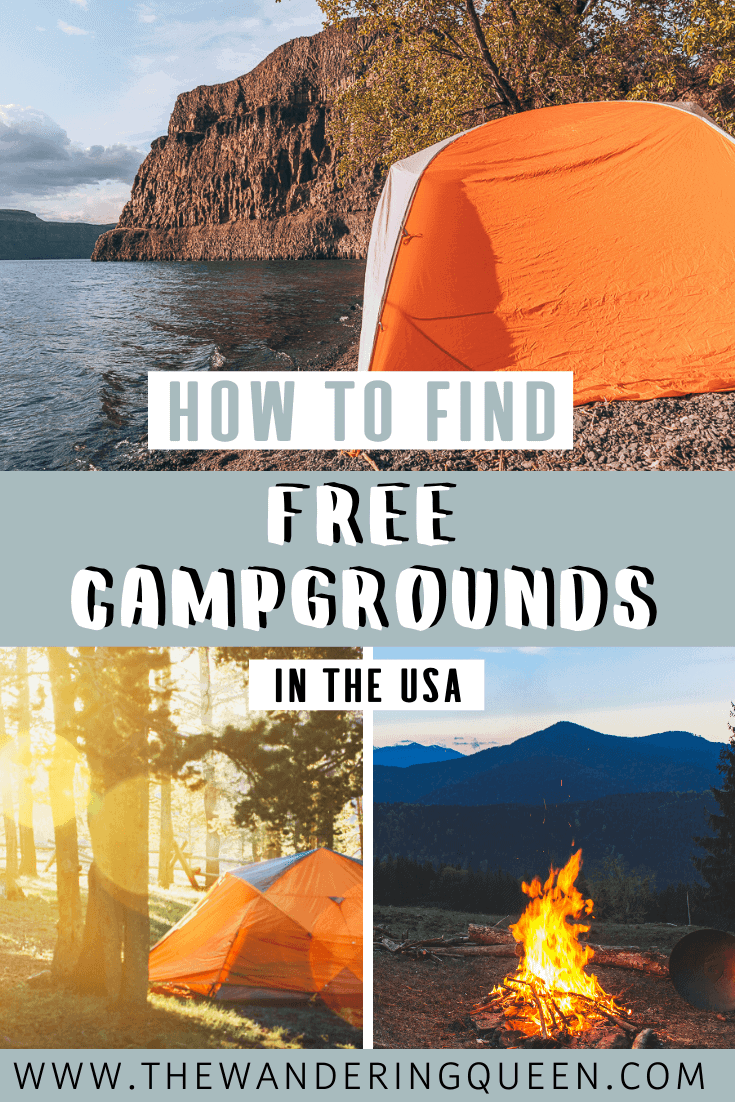
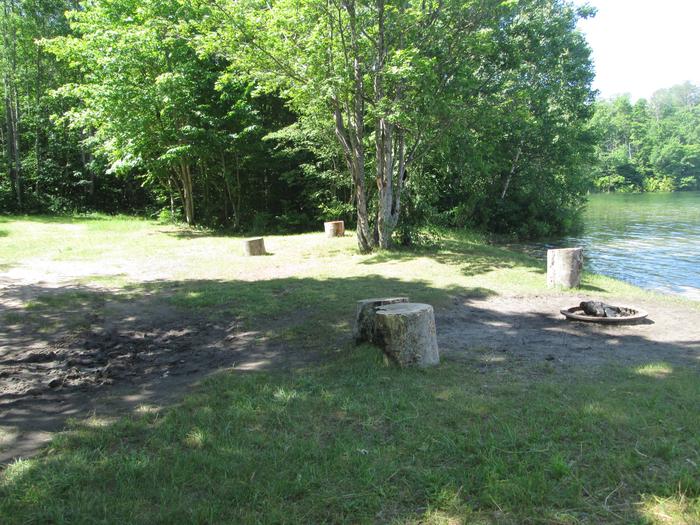




No comments:
Post a Comment
Note: Only a member of this blog may post a comment.